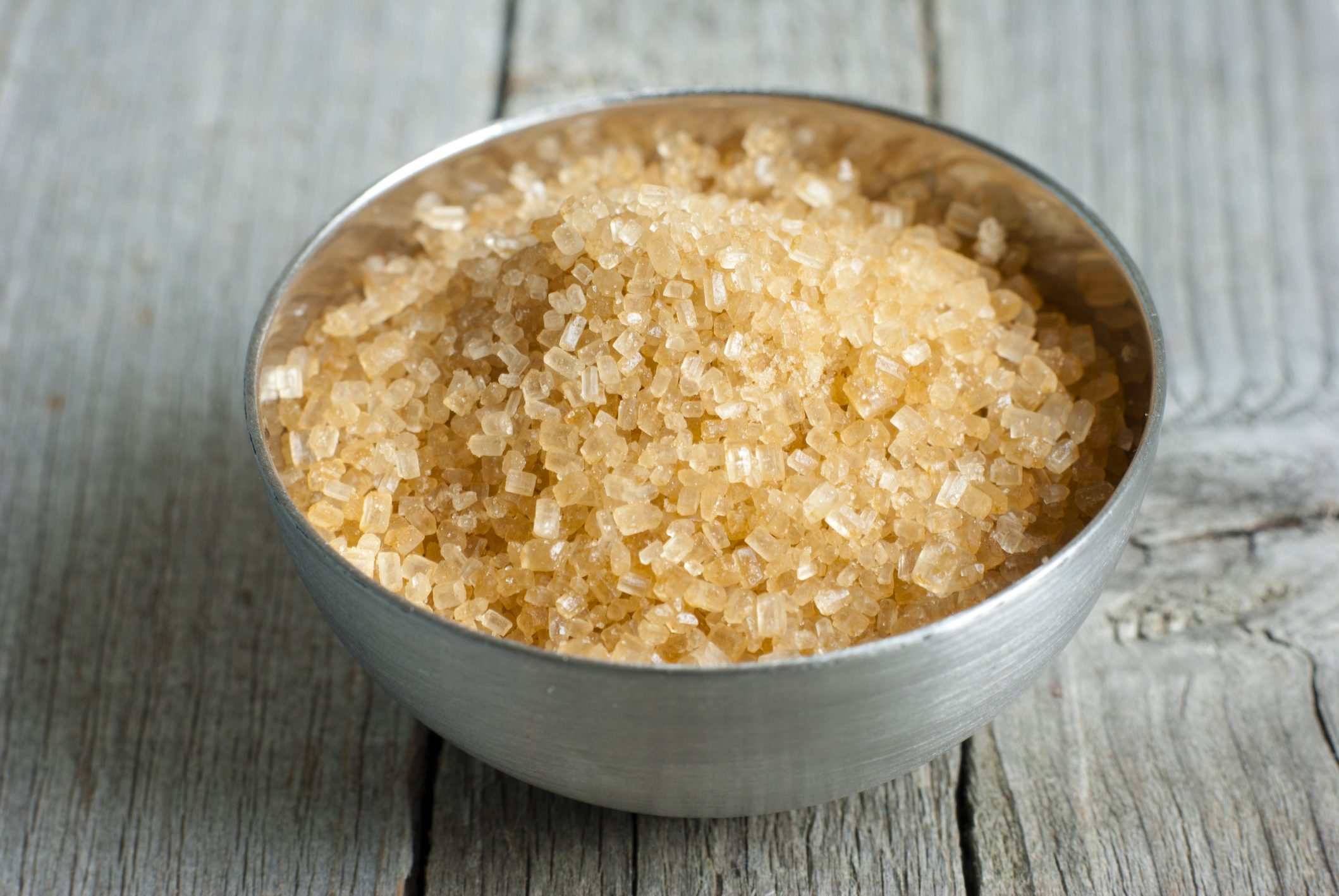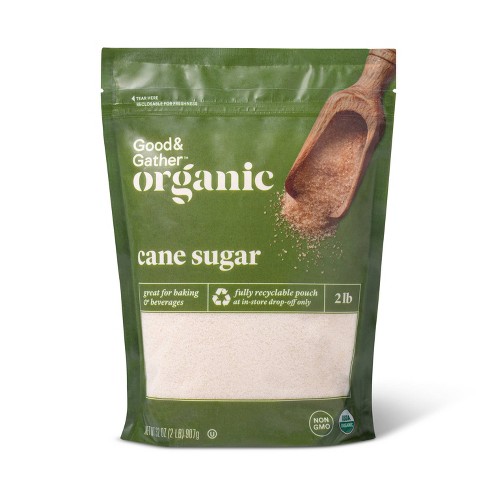Why Cane Sugar Handling Chemicals Are Essential for Modern Sugar Refining
The role of cane sugar handling chemicals in modern sugar refining can not be overstated, as they are essential to boosting both the performance of removal and the overall quality of the end product. Agents such as phosphoric acid and certain flocculants are employed to eliminate contaminations, resulting in sugar that not only meets customer expectations however additionally sticks to industry criteria. However, the ramifications of these chemicals expand beyond high quality, discussing market characteristics and environmental factors to consider. This raises essential inquiries about the sustainability of such methods and their effect on the future of sugar manufacturing.
Role of Handling Chemicals
The effectiveness of walking stick sugar processing hinges considerably on the critical application of handling chemicals. These chemicals play a crucial function in improving the efficiency and quality of sugar removal and refining. From the initial stages of juice removal to the last filtration actions, processing chemicals facilitate numerous essential operations.
In the extraction stage, chemicals such as phosphoric acid and calcium hydroxide are used to maximize the information process, assisting to get rid of pollutants and suspended solids from the walking stick juice. This not just improves the return however also ensures the quality of the end product. In addition, agents like flocculants help in the rapid settling of contaminations, therefore enhancing the overall process.
As the processing breakthroughs, chemicals are used in decolorization and condensation stages. Triggered carbon and ion exchange materials serve to get rid of shade and smell, ensuring that the refined sugar meets consumer quality requirements. Ultimately, the function of handling chemicals expands beyond functional efficiency; they considerably impact the sensory qualities of the end product, contributing to market competitiveness. Hence, the thorough option and application of these chemicals are crucial for achieving ideal outcomes in cane sugar processing.
Trick Kinds Of Chemicals
Cane sugar handling counts on a range of vital chemicals that promote each phase of manufacturing. These chemicals play necessary roles in clarifying, bleaching, and purifying the sugar extracted from walking cane.
One main category of chemicals consists of flocculants, such as polyacrylamide, which aid in the explanation procedure by promoting the aggregation and settling of contaminations. In addition, calcium hydroxide is commonly employed to neutralize acidity and assist in the removal of non-sugar components.
Lightening agents, such as turned on carbon and sulfur dioxide, are made use of to decolorize the syrup, leading to a clearer last item. These chemicals help eliminate shade compounds that might influence the sugar's appearance and marketability.
Moreover, phosphoric acid works as a pH regulatory authority during the processing stages, ensuring optimal conditions for the chemical activities associated with sugar extraction and purification.
Other vital agents include edta (ethylenediaminetetraacetic acid), which chelates metal ions that can catalyze unfavorable responses, and salt hydroxide, which helps in pH control throughout the refining process. Collectively, these chemicals improve effectiveness and make certain a high-grade cane sugar product.
Advantages for Sugar Top Quality
Frequently ignored, the use of certain processing chemicals significantly boosts the overall quality of cane sugar. These chemicals play an essential function in refining processes, making sure that the final item meets rigid market criteria for pureness and preference.

Additionally, processing chemicals help in attaining a regular granulation and appearance, which are essential for consumer acceptance. By regulating the condensation procedure, these chemicals guarantee that the sugar crystals form evenly, leading to an extra appealing item that liquifies well in different applications.
Additionally, making use of these chemicals can improve the life span of walking stick sugar by decreasing wetness absorption and microbial development. Overall, the critical application of handling chemicals Learn More is necessary for providing top quality walking cane sugar that satisfies consumer assumptions and industry demands.
Environmental Effect Considerations

In addition, the energy-intensive nature of sugar refining, worsened by chemical usage, usually results in boosted carbon discharges. This contributes to environment modification and increases issues relating to the sustainability of current refining techniques. Furthermore, the sourcing of these chemicals might involve methods that endanger biodiversity, such as monoculture farming, which decreases the strength of farming ecological communities.

To reduce these influences, sugar refiners are news significantly exploring sustainable choices and taking on finest practices that reduce chemical use. Applying extensive environmental monitoring systems can assist make certain that the refining procedure aligns with ecological criteria and promotes biodiversity. Inevitably, a balanced method that focuses on both sugar top quality and environmental stewardship is vital for the long-term practicality of the sugar market.
Future Patterns in Refining
As the sugar market faces the environmental difficulties related to conventional refining approaches, ingenious strategies are arising to improve both effectiveness and sustainability. One substantial fad is the fostering of eco-friendly chemistry principles, which prioritize making use of safe, naturally degradable handling chemicals. This change not just lessens ecological influence yet also addresses consumer demand for cleaner production techniques.
Another appealing advancement is the application of innovative purification technologies, such as membrane layer splitting up and adsorption processes. These strategies enhance the clearness and top quality of the sugar while decreasing the quantity of wastewater produced during refining. In addition, the integration of electronic innovations, consisting of IoT and AI, is transforming operational effectiveness by making it possible for real-time monitoring and anticipating maintenance, hence decreasing source waste.
Additionally, the usage of byproducts from sugar refining, such as bagasse and molasses, is getting grip. These materials can be exchanged biofuels or browse around this site value-added products, adding to a circular economic situation within the industry. Collectively, these fads signal a shift in the direction of even more lasting techniques that not just boost operational performance but also straighten with worldwide sustainability objectives, guaranteeing the future stability of sugar refining.
Final Thought
Walking cane sugar handling chemicals are essential in modern sugar refining, substantially boosting the performance and top quality of sugar extraction. The tactical usage of these chemicals not just improves the pureness and taste of the end product but also ensures consistent condensation and appearance. As the industry significantly prioritizes sustainability, the fostering of environmentally-friendly handling representatives is likely to shape future fads in refining, inevitably bring about higher quality items and extended service life for consumers.

Ultimately, a balanced technique that focuses on both sugar top quality and environmental stewardship is necessary for the long-lasting feasibility of the sugar sector.
Walking stick sugar handling chemicals are vital in modern-day sugar refining, considerably improving the performance and quality of sugar removal.